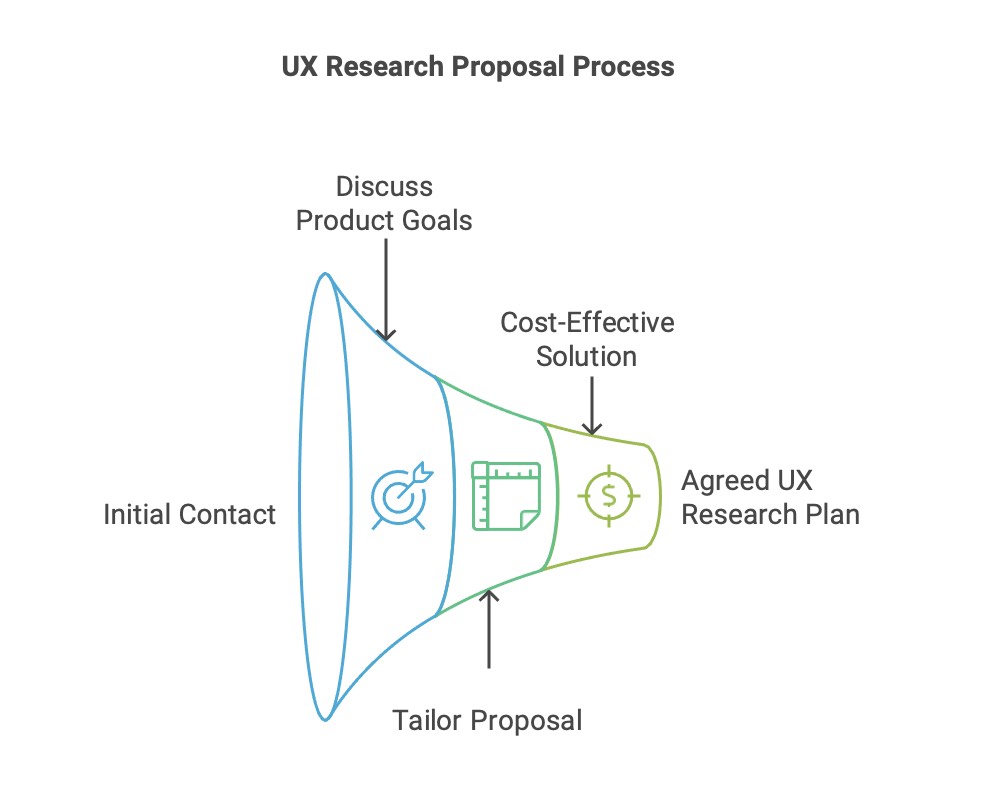UX Research
UX research is a critical component of product design and development, focusing on understanding users’ needs, behaviors, and motivations. We present here the most common UX research methods, the measures used to assess user experience, their applications in various contexts, and the outcomes that we can help you achieve through effective UX research.
Common UX Research Methods
Surveys and Questionnaires
Description: These tools gather quantitative data from users about their experiences, preferences, and satisfaction
Application: Useful for collecting large amounts of data quickly and can be distributed online or in-person.


Marsh, J.C., Amaro, H., Kong, Y., Khachikian, T., Guerrero, E.G., (2021). Gender disparities in access and retention in outpatient methadone treatment for opioid use disorder in low-income urban communities. Journal of Substance Abuse Treatment, 127, doi.org/10.1016/j.jsat.2021.108399. Download PDF.
Guerrero, E. G., Alibrahim, A., Howard, L. D., Wu, S., D’Aunno, T. (2018). Stability in a Large Drug Treatment System: Examining the Role of Program Size and Performance on Service Discontinuation. International Journal of Drug Policy. Download PDF.
Interviews
Description: One-on-one discussions that provide qualitative insights into user experiences and motivations.
Application: Ideal for exploring complex topics in depth and understanding user perspectives.
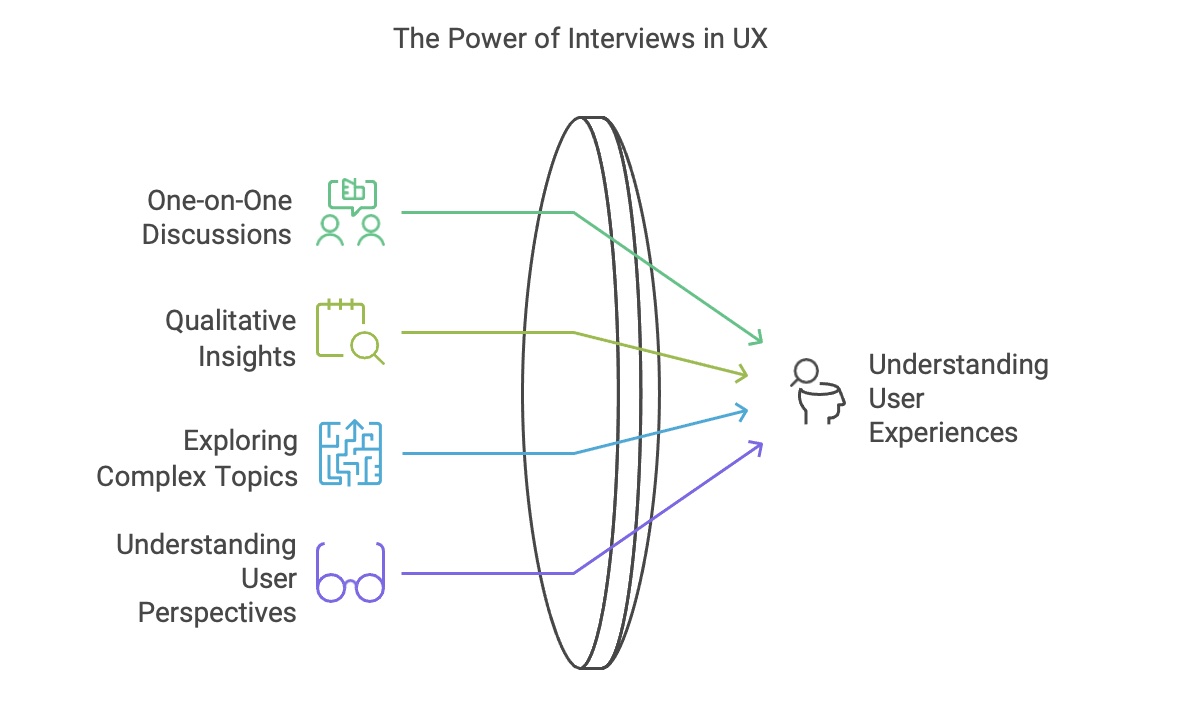
Guerrero, G. E., Harris, L., Padwa, H., Vega, W. A., & Palinkas, L. (2015). Expected impact of health care reform on the organization and service delivery of publicly funded addiction health services. Adm Policy Ment Health, doi: 10.1007/s10488-015-0662-9. Download PDF. Harris, L. M., Marsh, J. C., Khachikian, T., Serrett, V., Kong, Y., & Guerrero, E. G. (2023). What can we learn from COVID-19 to improve opioid treatment? Expert providers respond. Journal of substance use and addiction treatment, 154, 209157. Download PDF

Usability Testing
Description: Observing users as they interact with a product to identify usability issues and areas for improvement.
Application: Conducted in controlled environments or remotely, it helps to evaluate the effectiveness of a design.
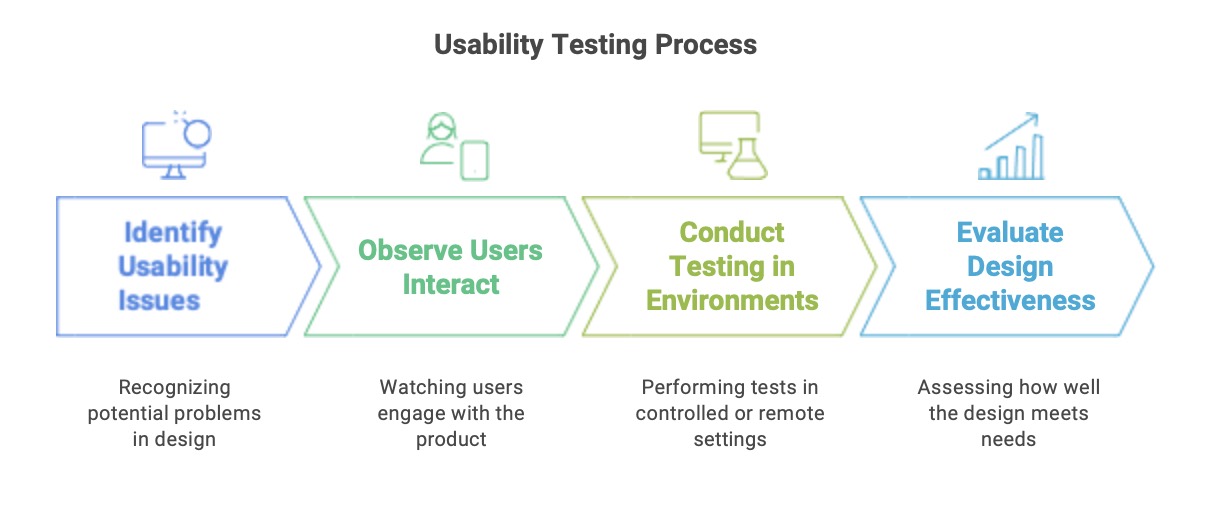
Alibrahim, A., Marsh, J. C., Amaro, H., Kong, Y., Khachikian, T., & Guerrero, E. (2025). Where Do Clients Receive Methadone Treatment? Exploring Bypassing Behaviors in Methadone Treatment Clients: Temporal, Geographic, and Demographic Factors. Substance Use: Research and Treatment, 19, 29768357241312554. Dowload PDF
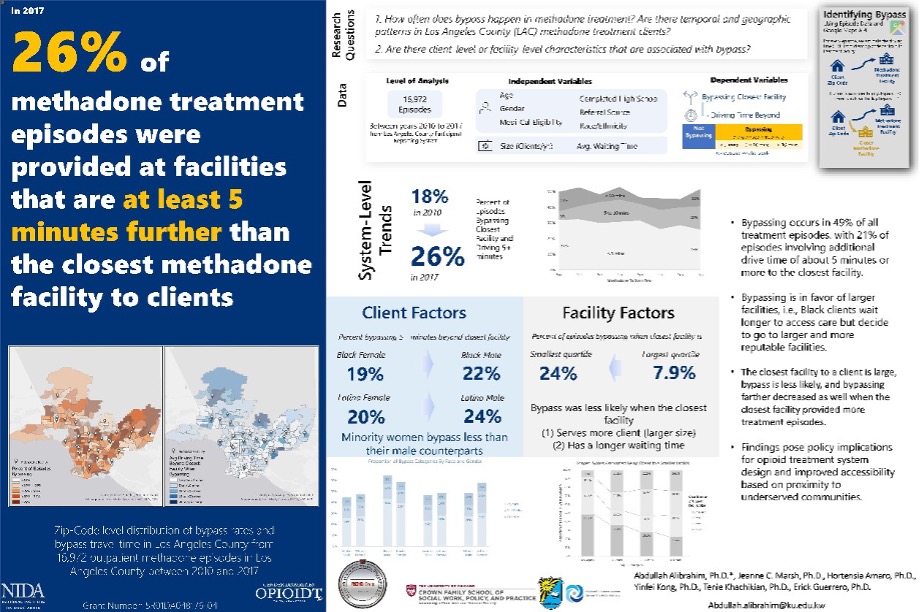
A/B Testing
Description: Comparing two versions of a product to determine which one performs better based on user interactions.
Application: Commonly used in web design and marketing to optimize user engagement and conversion rates.
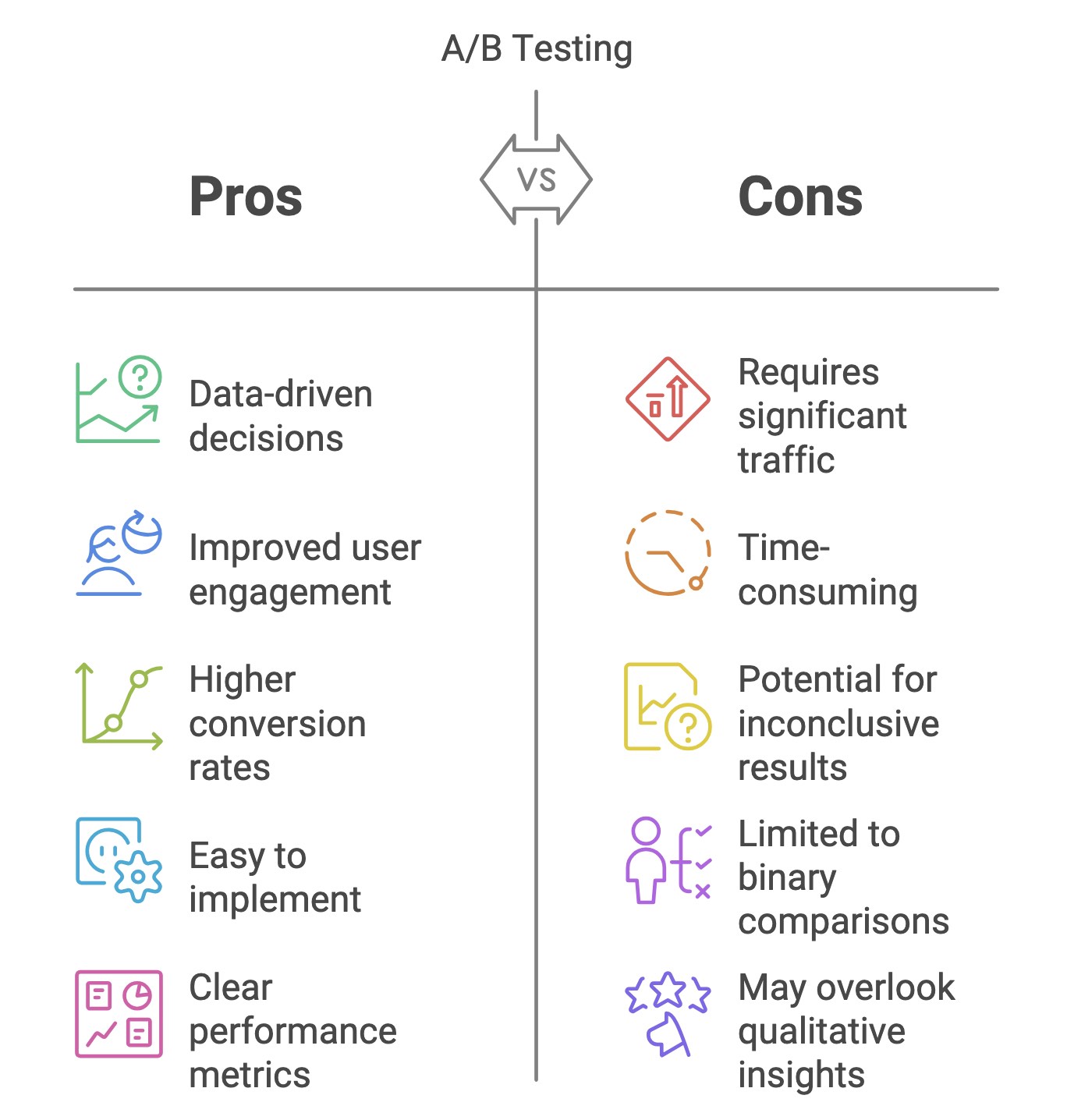
Nie, K., Kong, Y., Yuan, T. & Berry, P. (2020) Dealing With Ratio Metrics in A/B Testing at the Presence of Intra-User Correlation and Segments. 21st International Conference on Web Information Systems Engineering (WISE 2020). Download PDF
Focus Groups
Description: Group discussions that gather diverse perspectives on a product or concept.
Application: Useful for brainstorming and generating ideas, as well as understanding group dynamics and opinions.
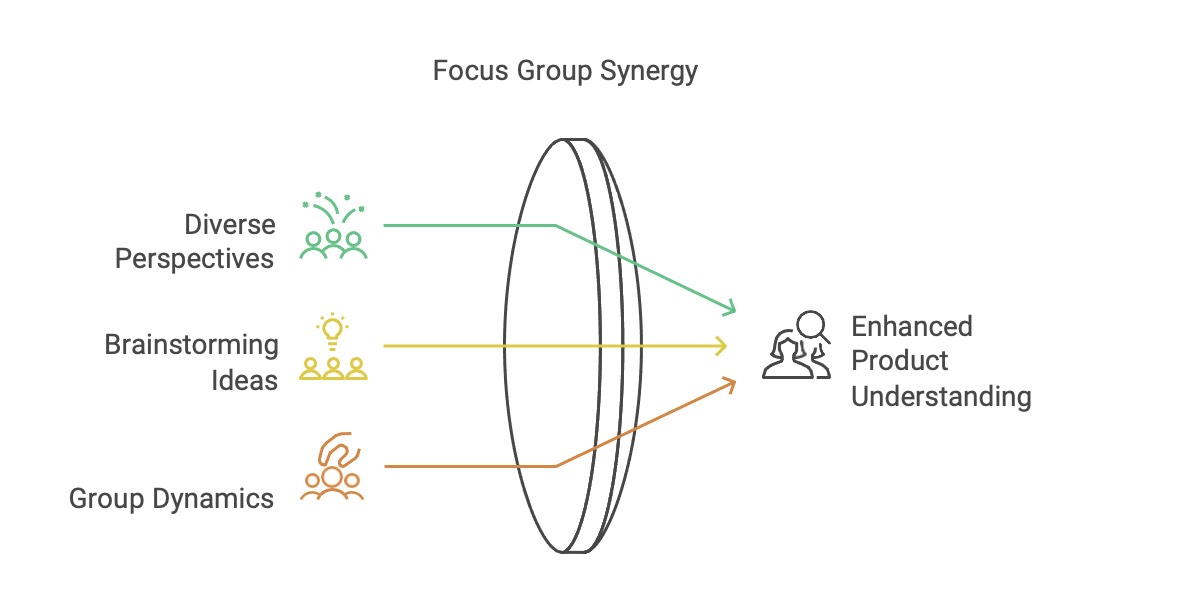
Field Studies
Description: Observing users in their natural environment to gain insights into real-world usage and context.
Application: Helps to uncover contextual factors that influence user behavior and experience.
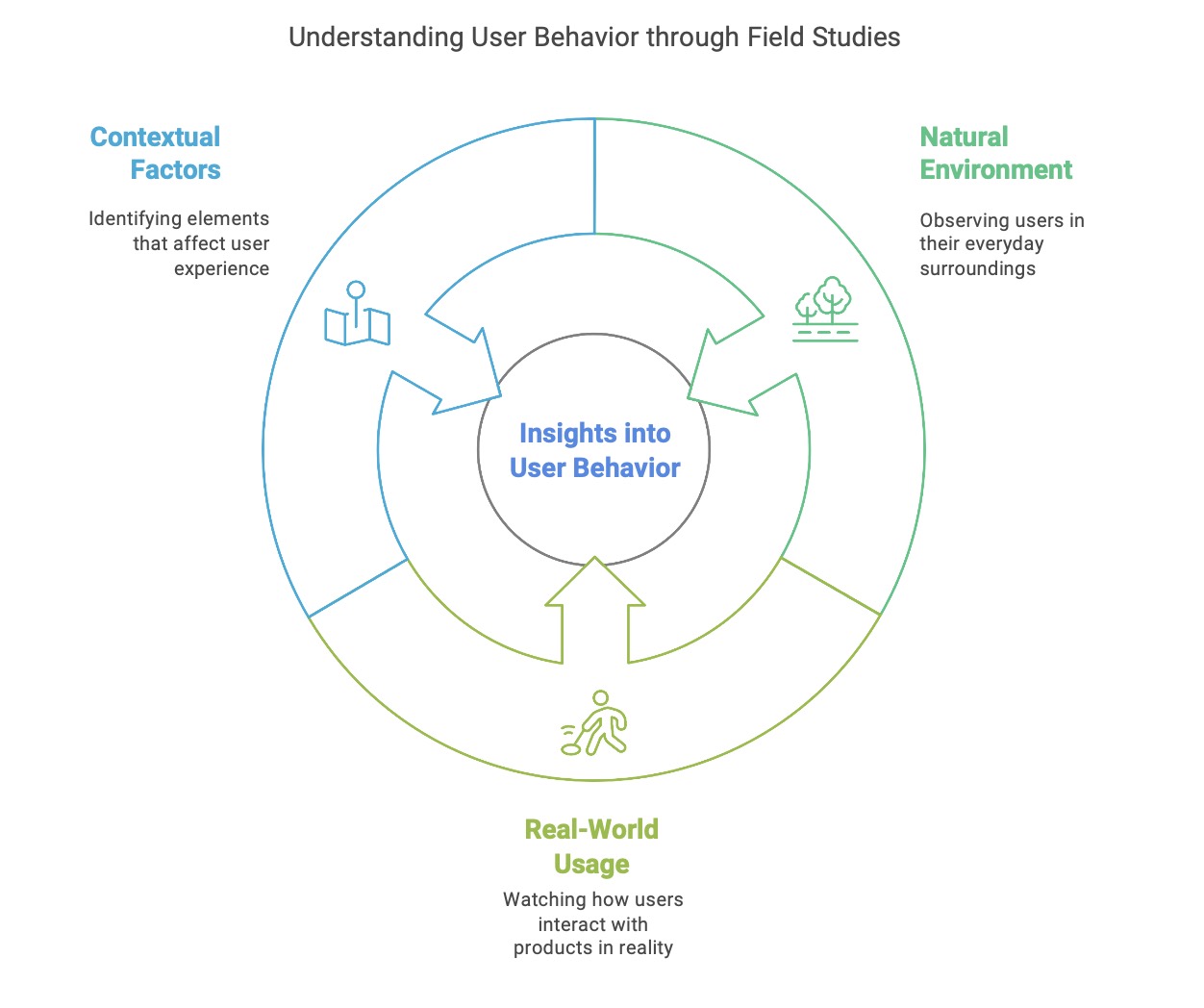
Card Sorting
-
Description: A method used to understand how users categorize information, which can inform information architecture.
-
Application: Useful for designing navigation systems and improving content organization.
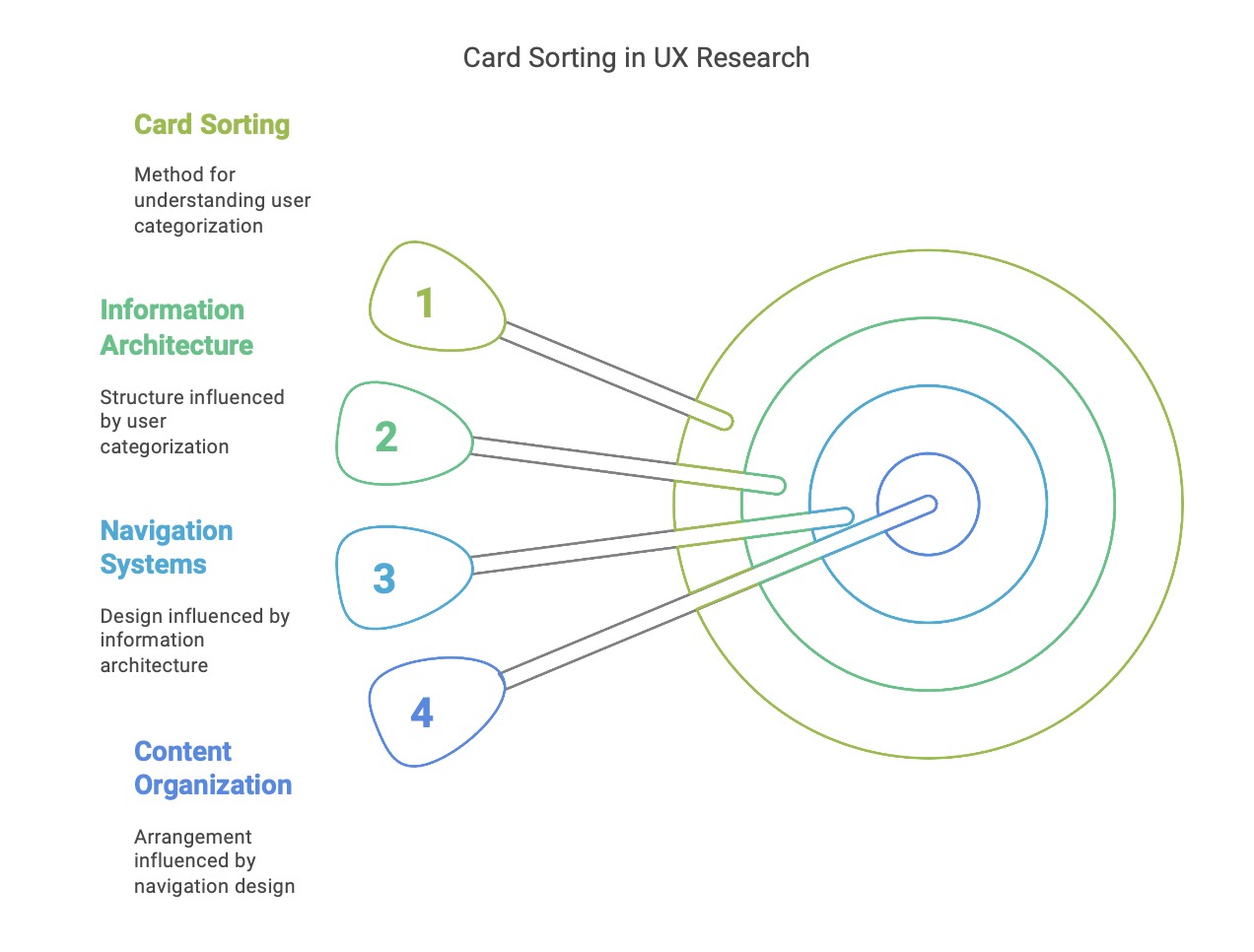
Measures Used in UX Research
- Task Success Rate: The percentage of correctly completed tasks by users, indicating
- Time on Task: The amount of time users take to complete a task, reflecting
- Error Rate: The frequency of errors made by users during interactions, highlighting potential usability issues.
- Satisfaction Ratings: User feedback on their overall satisfaction with a product, often collected through surveys.
- Net Promoter Score (NPS): A measure of user loyalty and likelihood to recommend a product to others.
Applications of UX Research
- Product Development: Informing design decisions and ensuring that products meet user needs.
- Website Optimization: Enhancing user engagement and conversion rates through iterative testing and feedback.
- Service Design: Improving customer experiences in service-based industries by understanding user journeys.
- Marketing Strategies: Tailoring marketing messages and campaigns based on user insights and preferences.
Outcomes of Effective UX Research
- Improved Usability: Identifying and resolving usability issues leads to more intuitive and user-friendly products.
- Increased User Satisfaction: Understanding user needs results in products that better meet expectations, enhancing overall satisfaction.
- Higher Conversion Rates: Optimizing user experiences can lead to increased sales and customer retention.
- Informed Design Decisions: Data-driven insights guide design choices, reducing the risk of costly mistakes.
- Enhanced User Loyalty: Positive experiences foster trust and loyalty, encouraging users to return and recommend products.
We exploit our user experience research to create products that resonate with users. By employing a variety of research methods, measuring key metrics, and applying insights effectively, out team help organizations achieve significant improvements in usability, satisfaction, and overall success.
Contact us to discuss a cost-effective UX research proposal tailored to your company’s product goals.
